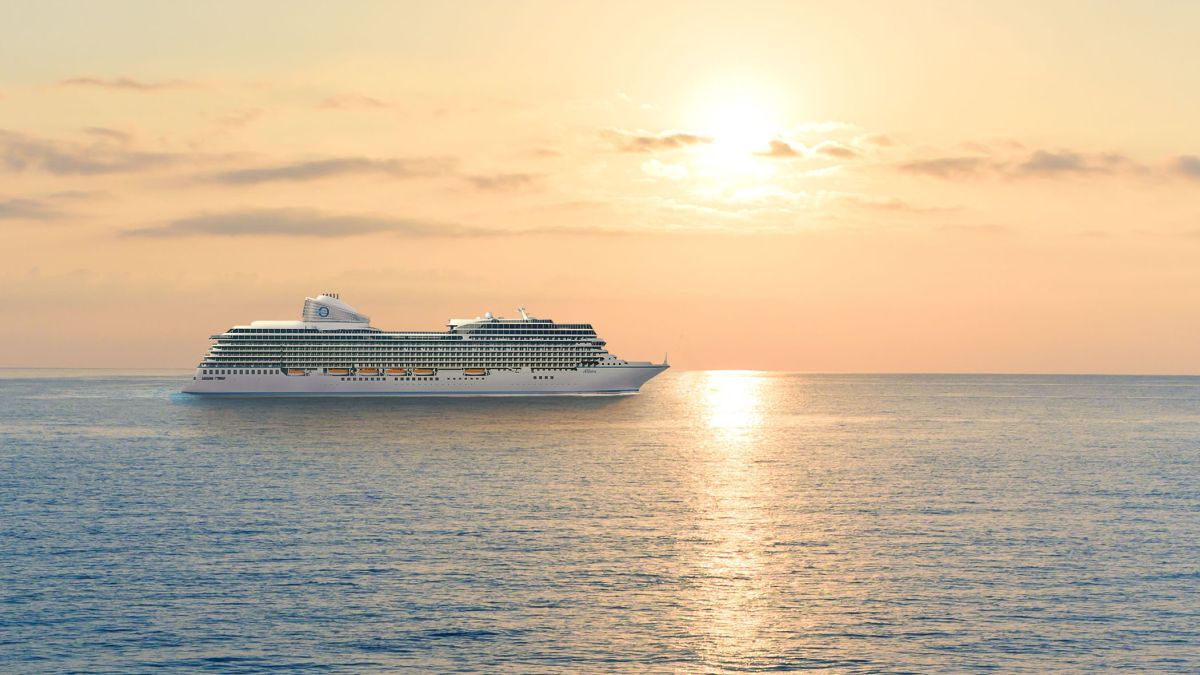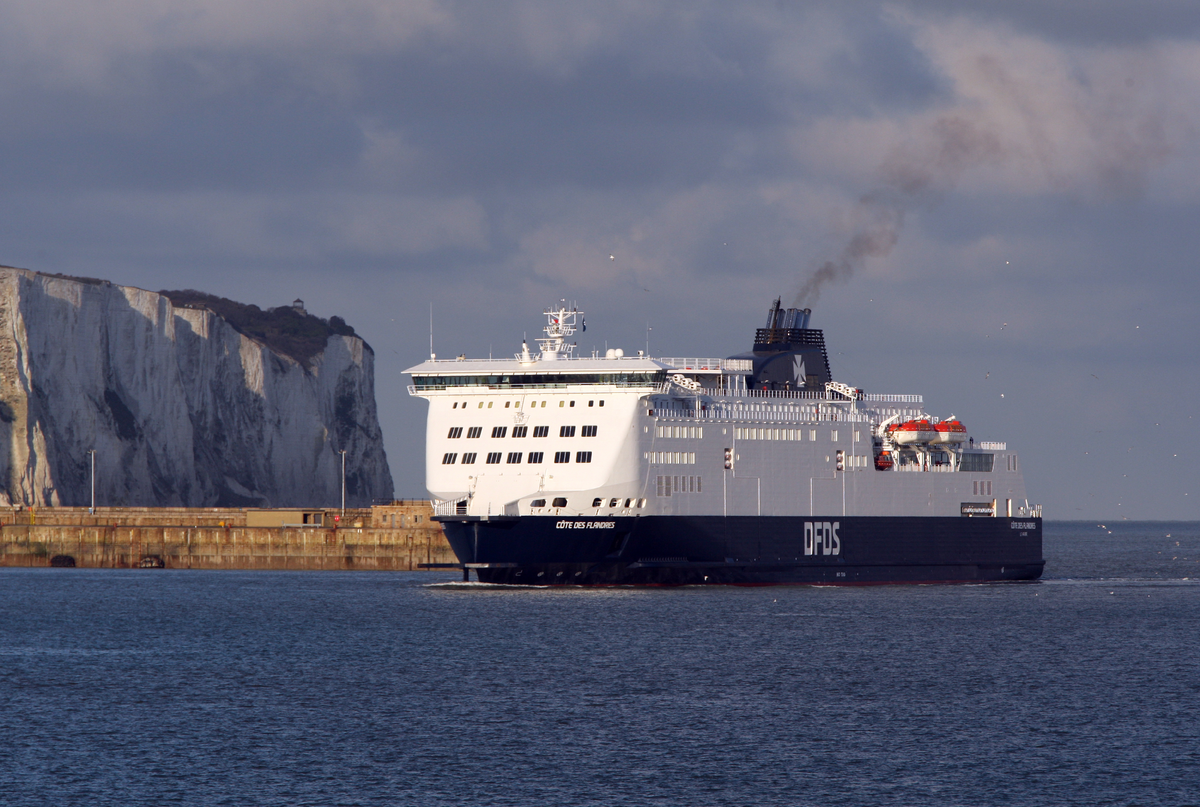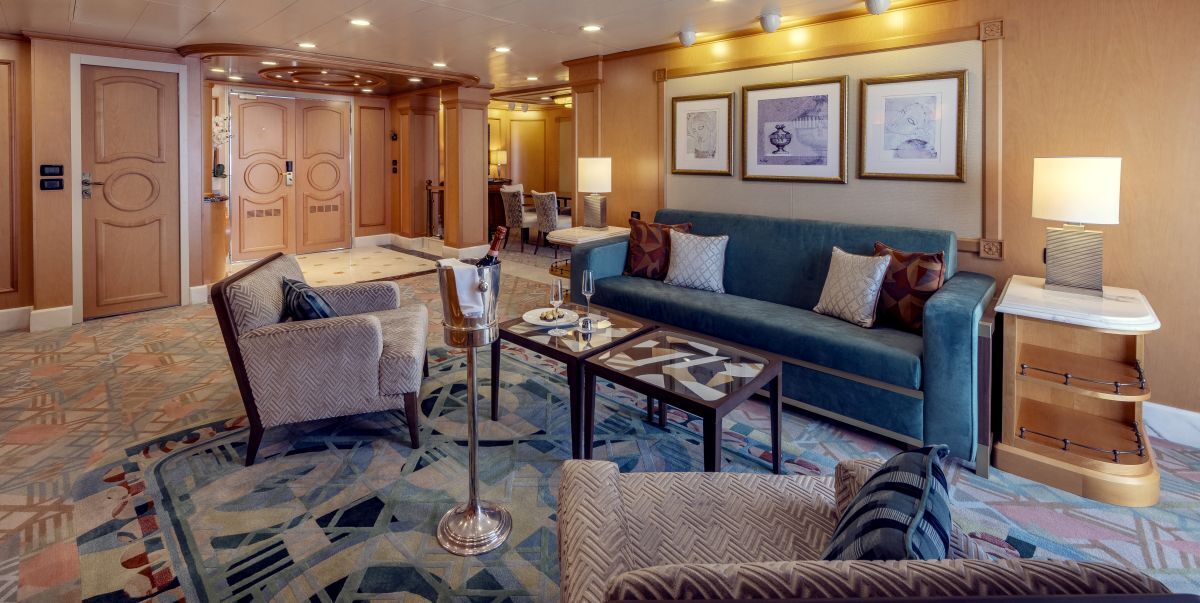Business Sectors
Events
Contents
Big cruise ships need innovative lifeboats
Schat-Harding has developed a unique lifeboat and davit package for the world’s largest cruise vessel
Schat-Harding has developed a unique lifeboat and davit package for the world’s largest cruise vessel
The big news from lifeboat manufacturer, Umoe Schat-Harding – and ‘big’ is the perhaps the most appropriate word – concerns the recent delivery of 18 of its new CRV55 class lifeboats, each of which can take up to 370 people, for Royal Caribbean’s mighty new arrival, Oasis of the Seas (PST December/January 2009/10). These have been supplied with a new ‘pull and go’ davit system which, the company claims, will greatly facilitate evacuation of the 8,000-plus passengers and crew in the event of an emergency.
The CRV55 is said to be the only pure lifeboat with a catamaran hull, a specification designed to offer excellent seakeeping capability and manoeuvrability. Furthermore, its glassfibre reinforced polyester construction is intended to make the boat secure, even in high waves.
The new LS45 davit, meanwhile, is a completely integrated system for cruise vessels. With this, the lifeboats are lowered directly from the stowed position, so that no outswing is needed, and the entire boat is positioned outboard of the hull.
Ole Meijer, executive vice president of Schat-Harding’s equipment division, explains, “These new boats will be safer and quicker to board for large numbers of people. They will also be easier to move away from the ship, because the davit does not have to move, and they will be safer once in the sea as they have twin engines and full built-in buoyancy.”
The CRV55 lifeboat is 16.7m long and 5.6m wide; it weighs 16 tonnes in its stowed condition and 44 tonnes when fully loaded. Two 70 bhp diesel engines give the boat a speed of six knots. According to Mr Meijer, “The design marks a step change in the safe evacuation of large ships. I believe that this is the first of a whole new generation of very large and very safe lifeboats.”
Royal Caribbean International says the lifeboats’ unprecedented size and stability, together with their positioning on the embarkation and accommodation decks, provides distinct added value in terms of overall safety. “They are so much more than what one normally associates with lifeboats,” says a spokesperson for the operator.
“They are superior rescue vessels, and are supplied with full redundancy, much in line with the overall design of the ship. There is no need for preparation – it is just necessary to remove the lashing, open the door, load the boat and lower to the sea, so passengers and crew can be ready to evacuate in no time at all.”
With the new davit system, the lifeboats hang from two quick release hooks, which are designed to be simple to operate and which have clear visual indication of both locked and unlocked status. Lashing and bowsing are integrated, and embarkation is at the stowed position through four colour-coded doors leading to ergonomically-planned colour-coded seating areas arranged on two levels. The winches are designed with a retraction system to lift the lowering block free from the boat canopy and a retardation function to reduce forces on the davit, winch and lifeboat hook when stopping.
Schat-Harding has also built, for Celebrity Solstice and Celebrity Equinox, what it claims to be the world’s smallest 150-person capacity cruise lifeboats. According to Mr Meijer, “Our MPC29 lifeboats are 0.8m shorter and 0.5m narrower than our standard cruise design, the MPC32, so in a typical installation of 10 boats for each shipside a designer can save 8m in installation length. They are also lighter, which helps stability.
“The drawback is that they are more expensive to build. As a result, Schat-Harding has not launched them as a mainstream product but cites them as an example as to how it can respond to individual challenges in cruise ship design.”
Looking ahead, Schat-Harding sees yards and operators taking advantage of the pause in the rush for newbuildings to rethink layout and design for the next generation of cruise vessels. “That will certainly create demand for new approaches to lifesaving equipment, and Schat-Harding intends to be at the forefront of any new developments,” says Mr Meijer.
“Oasis of the Seas is the one project so far,” he continues, “which has opted for a radical solution for evacuation but we do expect to see more ideas coming forward as passenger ship design becomes more flexible, and as ships get bigger. Solas allows for more flexible approaches, so we will see new solutions.”
In the short term, Schat-Harding plans to focus on upgrading its existing gravity davit design. Mr Meijer says, “We think that if we can come up with space saving solutions, a pure gravity type will be preferable to a much more complex hydraulically assisted system. It will be simpler to operate and understand, and cheaper to maintain.”
There is no doubt in Mr Meijer’s mind that there is an increasing, and welcome, focus on lifeboat and davit servicing amongst cruise vessel operators. He concludes, “IMO MSC1206 has made passenger ship operators realise that they need to invest in correct training and maintenance of their boats and davits, and we see more and more of them contracting with us to ensure regular maintenance is done by properly qualified engineers using correct original spare parts.
“Whatever solution is adopted, it is essential that equipment is looked after and used properly. Fortunately, we see a bigger focus on that then ever before.” PST
Related to this Story
Events
Maritime Environmental Protection Webinar Week
Cyber & Vessel Security Webinar Week
The illusion of safety: what we're getting wrong about crews, tech, and fatigue
Responsible Ship Recycling Forum 2025
© 2024 Riviera Maritime Media Ltd.













